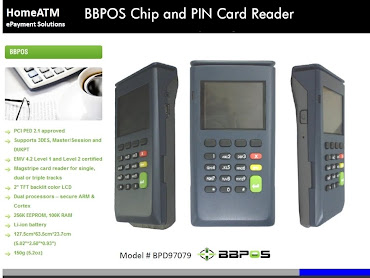 The "Month of Bugs" is an event which consists of researchers disclosing new vulnerabilities daily for a month. It started in 2006 with the "Month of Browser Bugs" and this year, they chose to expose Twitter's bugs in what is called "Month of Twitter Bugs" of MoTB. Kelly Jackson Higgins reports for Dark Reading...
The "Month of Bugs" is an event which consists of researchers disclosing new vulnerabilities daily for a month. It started in 2006 with the "Month of Browser Bugs" and this year, they chose to expose Twitter's bugs in what is called "Month of Twitter Bugs" of MoTB. Kelly Jackson Higgins reports for Dark Reading...Month Of Twitter Bugs Goes Live With Mini-URL Flaws
Researcher launches Day One of daily third-party Twitter app vulnerability disclosures, while some members of Twitter christen July 1 "TwitterSec Day"
The Month of Bugs phenomenon is back, with a new project aimed at exposing vulnerabilities in third-party Twitter applications.
Day One of The Month of Twitter Bugs project revealed four new cross-site scripting (XSS) vulnerabilities in the popular bit.ly URL-shortening tool used by many Twitter users to shorten links to fit into the 140-character Tweet limit. Bit.ly is also integrated into the popular TweetDeck Twitter interface. The controversial month-of-bugs concept -- where researchers disclose new vulnerabilities daily for a month -- was started three years ago by HD Moore, who brought attention to browser security issues with his Month of Browser Bugs project.
"I hope to raise the awareness of developers using the Twitter API to develop more secure code, as they should understand that that by developing insecure code, they are not only exposing their own users to threats, but the entire Twitter community," says Aviv Raff, the researcher behind the project.
Continue Dark Reading
Or for more information, go straight to the source, this from: http://aviv.raffon.net/
Back in July 2006, I had the opportunity to be part of a cool initiative called “Month of Browser Bugs”. This initiative was created by H.D Moore in order to raise the awareness of security vulnerabilities in web browsers. Back then it was mainly focused on system Active-X issues, but it also provided some great examples of how, so called “unexploitable” vulnerabilities, can still be abused for a remote code execution. The initiative was a great success, in my opinion, and made the browser vendors more attentive to security vulnerabilities in their products (e.g. In Internet Explorer 8, installed Active-X controls are now not running automatically, and can be opted-in to run on specific sites).
Today, three years after the “Month of Browser Bugs”, I’ve decided to declare July 2009 as “Month of Twitter Bugs” (MoTB). I’m doing so in order to raise the awareness of the Twitter API issue I recently blogged about. MoTB could have been easily converted to any other “Month of Web2.0 service bugs”, and I hope that Twitter and other Web2.0 API providers will work closely with their API consumers to develop more secure products.
Each day I will publish a new vulnerability in a 3rd party Twitter service on the twitpwn.com web site. As those vulnerabilities can be exploited to create a Twitter worm, I’m going to give the 3rd party service provider and Twitter at-least 24 hours heads-up before I publish the vulnerability.
Even though I have enough vulnerabilities for this month, you are more than welcomed to send me (via email or twitter) vulnerabilities you find in 3rd party Twitter services. I will do my best to publish all submitted vulnerabilities. I will, of course, credit the submitter.









0 comments